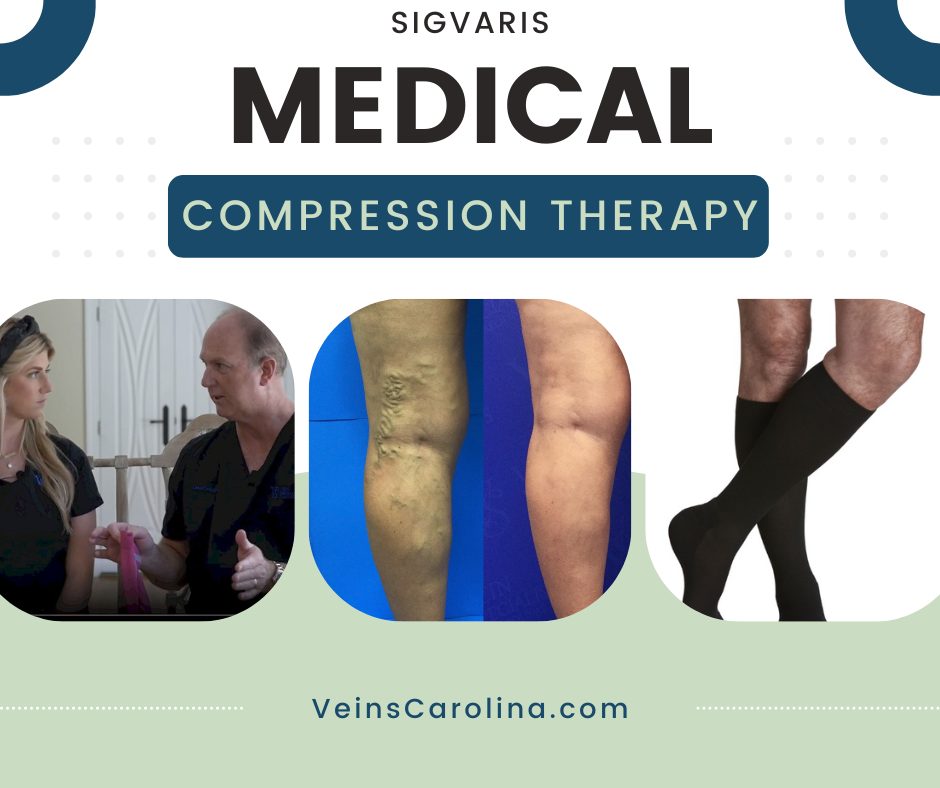
by KDraughn | Dec 12, 2022 | Medical Compression, Sigvaris Compression Garments, Venous Insufficiency
Moving your legs keeps the muscle pumps working to ensure good blood circulation in your legs. The lower leg muscle pump system, including the calf muscle pump, is only activated when you use your muscles. Whenever your muscles of the leg and feet are working, for...
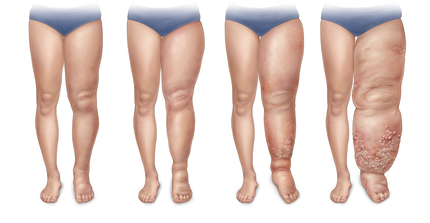
by KDraughn | Dec 7, 2022 | Lymphedema, Medical Compression, Sigvaris Compression Garments
Lymphedema is a condition of localized fluid retention and tissue swelling caused by a compromised lymphatic system. Treatment includes medical compression, among others. Do you have a persistent, asymmetric swelling in one or more of your limbs? Is your affected limb...
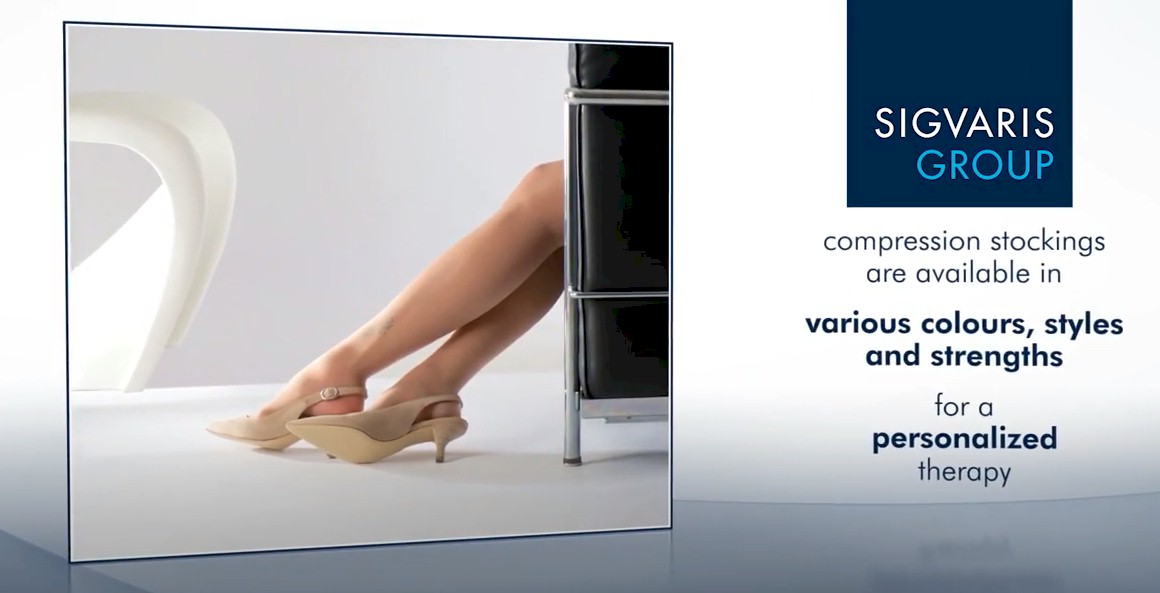
by Veins Carolina | Nov 30, 2022 | Medical Compression, Sigvaris Compression Garments, venous disease, Venous Disorders
What Causes Venous Disease? Our blood vessels transport about 7000 liters of blood every day. The veins in our legs carry blood from the lower extremities against gravity back towards the heart. The two most important mechanisms in this process are a calf muscle pump...

by KDraughn | Nov 21, 2022 | Compression Garments, Healthy Veins, Sigvaris Compression Garments
Anyone who travels long distances in a sitting position is at risk for leg complications. Risk of developing deep vein thrombosis (DVT) increases when travel extends four hours or more and requires you to remain seated. Wearing compression socks or stockings can help...
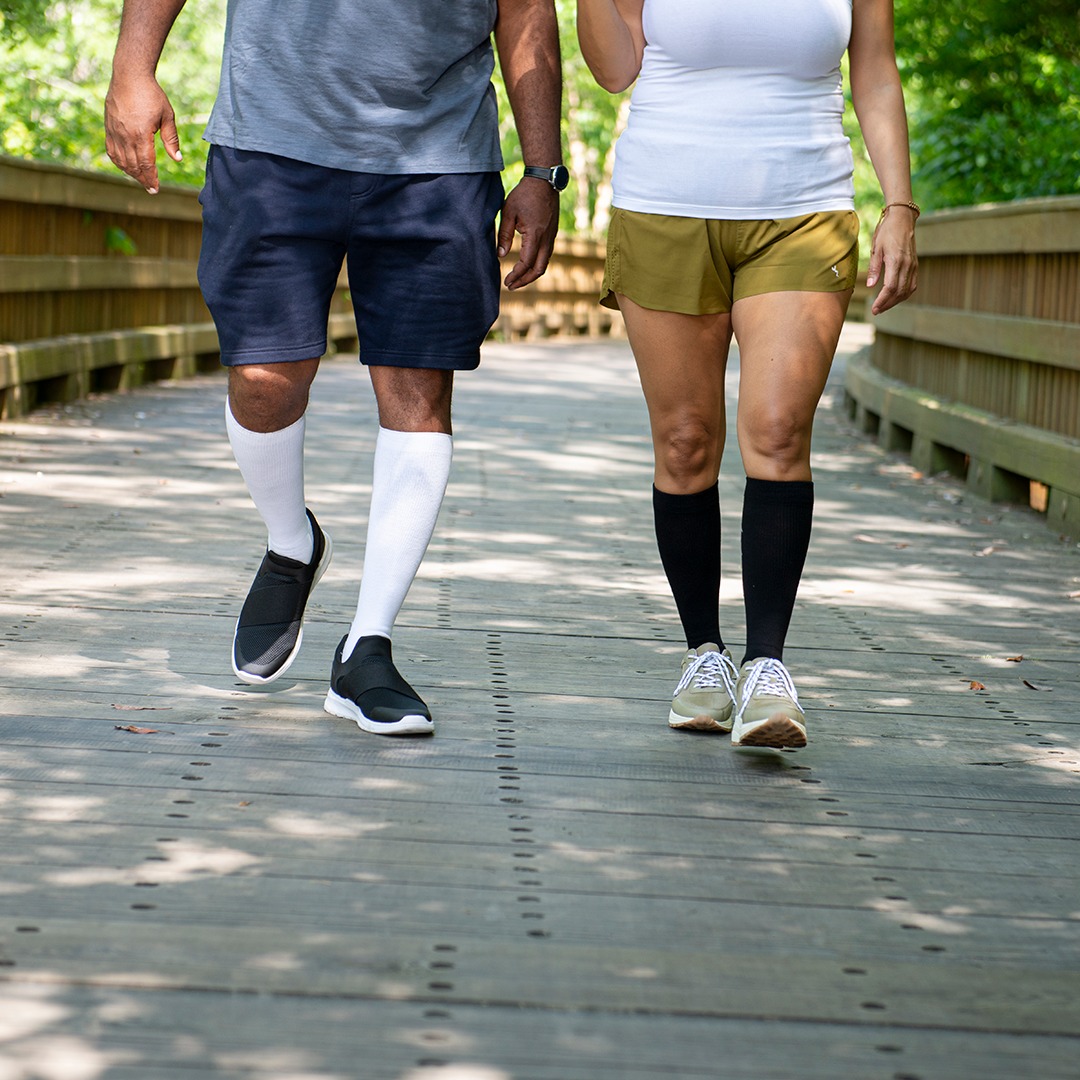
by KDraughn | Nov 1, 2022 | Compression Therapy, Medical Compression, Sigvaris Compression Garments
While the exercise might be the same, our bodies are unique. Finding the right compression level for your individual needs is key to supporting each and every step. Visit our Sigvaris Compression page to learn more. We have many educational videos and various...
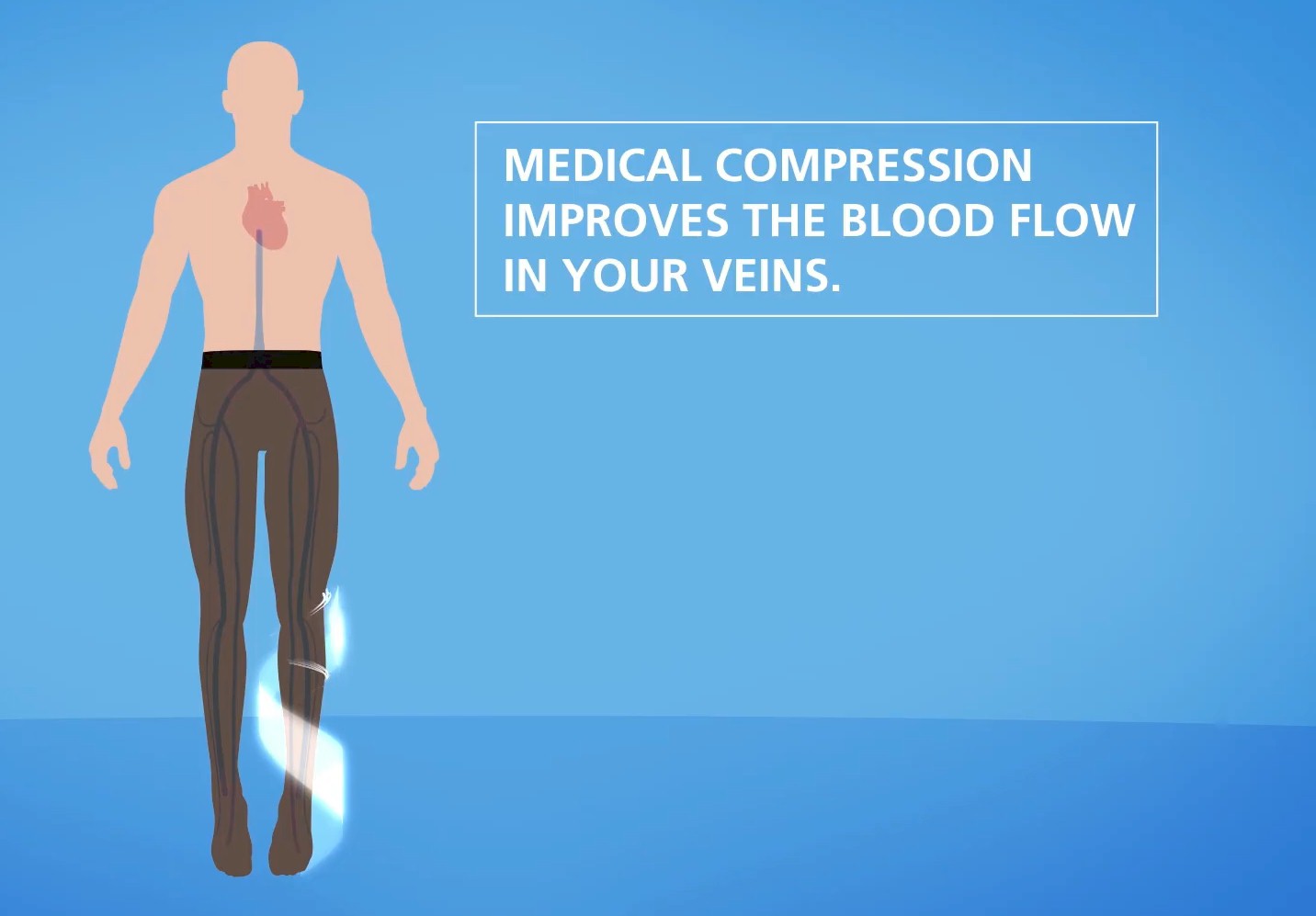
by Veins Carolina | Sep 30, 2022 | DEEP VEIN THROMBOSIS (DVT), Dr David Draughn, Medical Compression, Sigvaris Compression Garments
Are you going to the hospital for surgery? This may require long periods of inactivity. As a result, this can increase the risk of developing venous disorders in your legs. A blood clot can form in your deep veins – potentially leading to Deep Vein Thrombosis...







